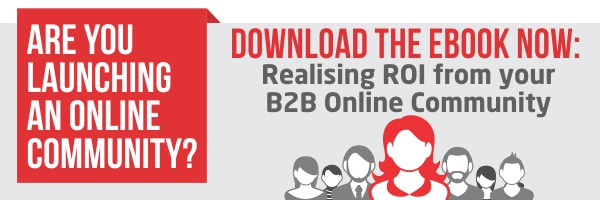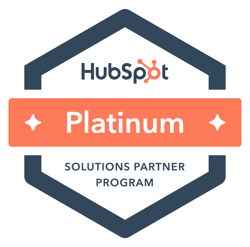 We advocate that before you do anything else to kick off your community, you must, must, must have a blog, but once that’s done and you’re in the routine of publishing regular content, it’s time to bolster your efforts with the other platforms available to you.
We advocate that before you do anything else to kick off your community, you must, must, must have a blog, but once that’s done and you’re in the routine of publishing regular content, it’s time to bolster your efforts with the other platforms available to you.
These are the steps you must take to develop your online community:
1. Join various LinkedIn groups
This is the simplest way to get involved. Get out there and find out what your potential community members are talking about. Interact with the group, review the kind of content that is shared there and take notice of the types of content and the tone that tends to generate the most discussion. Be a regular contributor and share your own content – this will demonstrate that you’re not simply trying to sell, but that you’re interested in imparting knowledge, and learning new things yourself.
In our view, being a top contributor in someone else’s group/blog/community is highly recommended if you are low on resources. The community will love you and LinkedIn will promote you even more.
2. Even better, start a LinkedIn group
Once you’ve done the groundwork and become an active participant in other industry LinkedIn groups, get in on the action yourself. Start a group of your own and make sure it’s clear which industry and buyer persona it serves. Once people join and begin interacting, don’t be a control freak – let their communications unfold organically, and only share content when it seems natural to. Bear in mind that starting your own group comes with additional responsibilities and workload for your team. Plus you will need to do the marketing yourself to get members to join the group.
3. Seek external platforms to publish regular content on
Getting your conference company’s name out there will suggest you are a well-connected, respected organisation with a team who live and breathe the industry. It’s a fantastic endorsement of your industry knowledge so don’t just wait to be approached; if you think you have a great story to tell, a new take on an existing topic, or an opinion on an unfolding trend, suggest an article outline and title to a relevant publication or blog and see where it takes you. It could be the beginning of a lucrative and valuable relationship.
4. Leverage other social media channels with bespoke content
Work out where you’re most likely to tap into your target audience and be active within that platform. If you’ve got great insights to share, do so on Twitter, Facebook and Google+. Yes, be consistent with your messaging but be aware that visual posts will be more popular on Facebook; Twitter is all about being concise but intriguing; and Google+ gives you the opportunity to post long form text and visual content. Don’t just take a blanket approach and you’ll be able to optimise your profile in each forum.
5. Mining the community for your next conference programme
Don’t just sit back and enjoy the new friends you’ve made – put the insights into action! Don’t be afraid to indirectly ask what community members would be looking for from an industry event, or what the biggest challenges faced by participants are. You won’t have to think too hard when it comes to compiling your next conference programme, the topics will be ready for you to research, and problems there to be solved.
If you’ve covered these elements, you’ve achieved an all-rounder
A community should be nurtured, and at multiple points along the sales cycle. A blog is great, but it can be added to with these satellite touch points, which increase your visibility, build your brand and allow you access to your audience from several different angles.
This is the fourth chapter of the ebook ‘Realising ROI from your B2B Online Community’. Download your complimentary copy now.







Do you have any comments?